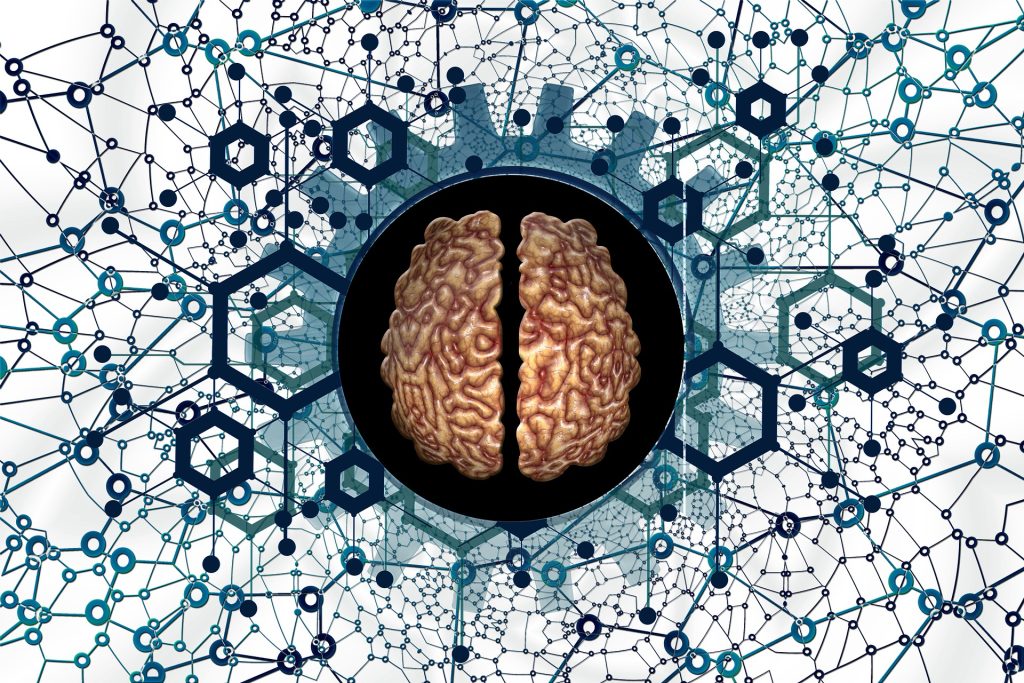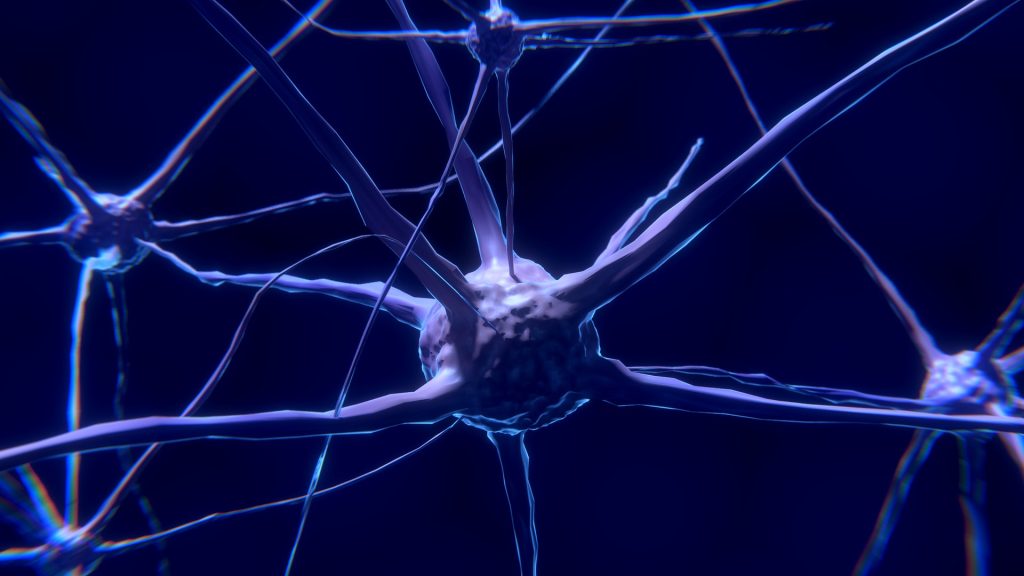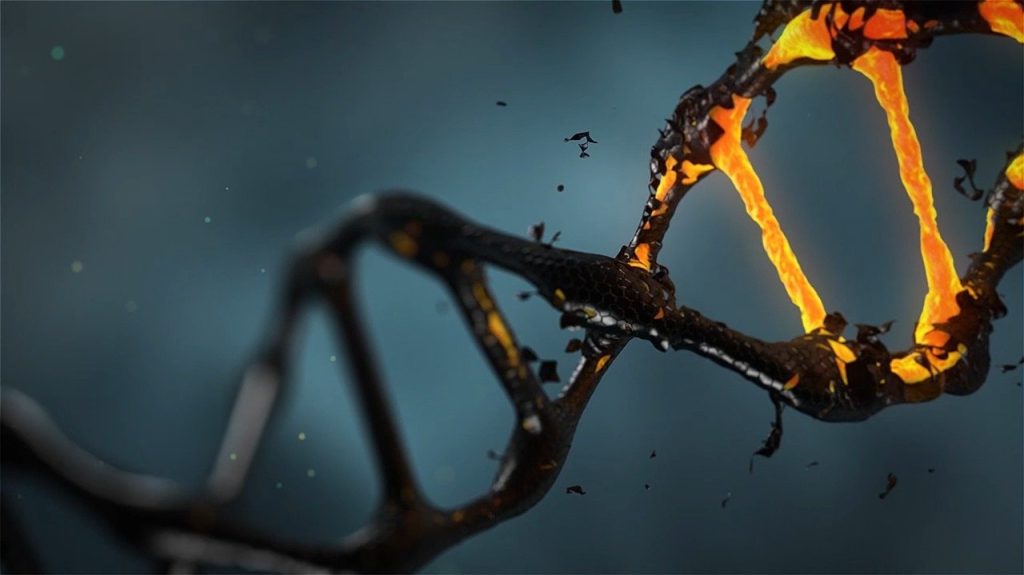Lithium Brain Variations Play Role in Depression
New research into depression has uncovered a previously unknown role played by the trace element lithium appears to play a role, which has been shown to be different in healthy and depressive people.

Lithium is widely known from rechargeable batteries but is also known in psychiatry as a first-line mood stabiliser for bipolar disorders. lithium is present in drinking water in trace amounts. Studies have shown that a higher natural lithium content in drinking water is associated with a lower suicide rate among the population. However, the exact role lithium that plays in the brain is still not known.
Forensic medical experts at Ludwig-Maximilians-Universitaet (LMU) in Munich teamed up with physicists and neuropathologists at the Technical University of Munich (TUM) and an expert team from the Research Neutron Source Heinz Maier-Leibnitz (FRM II) to develop a technique which can be used to precisely map the distribution of lithium in the brain.
Neutrons probe for lithium
The scientists investigated the brain of a patient who was a suicidal and compared it with two control persons. The investigation focused on the ratio of the lithium concentration in white brain matter to the concentration in the gray matter of the brain.
In order to determine where how much lithium is present in the brain, the researchers analysed 150 samples from various brain regions—for example those regions which are presumably responsible for processing feelings. At the FRM II Prompt Gamma-Ray Activation Analysis (PGAA) instrument the researchers irradiated thin brain sections with neutrons.
“One lithium isotope is especially good at capturing neutrons; it then decays into a helium atom and a tritium atom,” explains Dr. Roman Gernhäuser of the Central Technology Laboratory of the TUM Department of Physics. The two decay products are picked up by detectors which provide lithium’s location in the brain sections.
Since the lithium concentration in the brain is usually very low, it is also very difficult to ascertain. “Until now it wasn’t possible to detect such small traces of lithium in the brain in a spatially resolved manner,” said Dr Jutta Schöpfer of the LMU Munich Institute for Forensic Medicine. “One special aspect of the investigation using neutrons is that our samples are not destroyed. That means we can repeatedly examine them several times over a longer period of time,” Gernhäuser points out.
Significant differences
“We saw that there was significantly more lithium present in the white matter of the healthy person than in the gray matter. By contrast, the suicidal patient had a balanced distribution, without a measurable systematic difference,” Dr Roman Gernhäuser summarised.
“Our results are fairly groundbreaking, because we were able for the first time to ascertain the distribution of lithium under physiological conditions,” Schöpfer said
“Since we were able to ascertain trace quantities of the element in the brain without first administering medication and because the distribution is so clearly different, we assume that lithium indeed has an important function in the body.”
Only the beginning
“Of course the fact that we were only able to investigate brain sections from three persons marks only a beginning,” Gernhäuser said. “However, in each case we were able to investigate many different brain regions which confirmed the systematic behaviour.”
“We would be able to find out much more with more patients, whose life stories would also be better known,” said Gernhäuser, adding that then the question of whether lithium distribution was a cause or a result of depression.
Source: Medical Xpress





